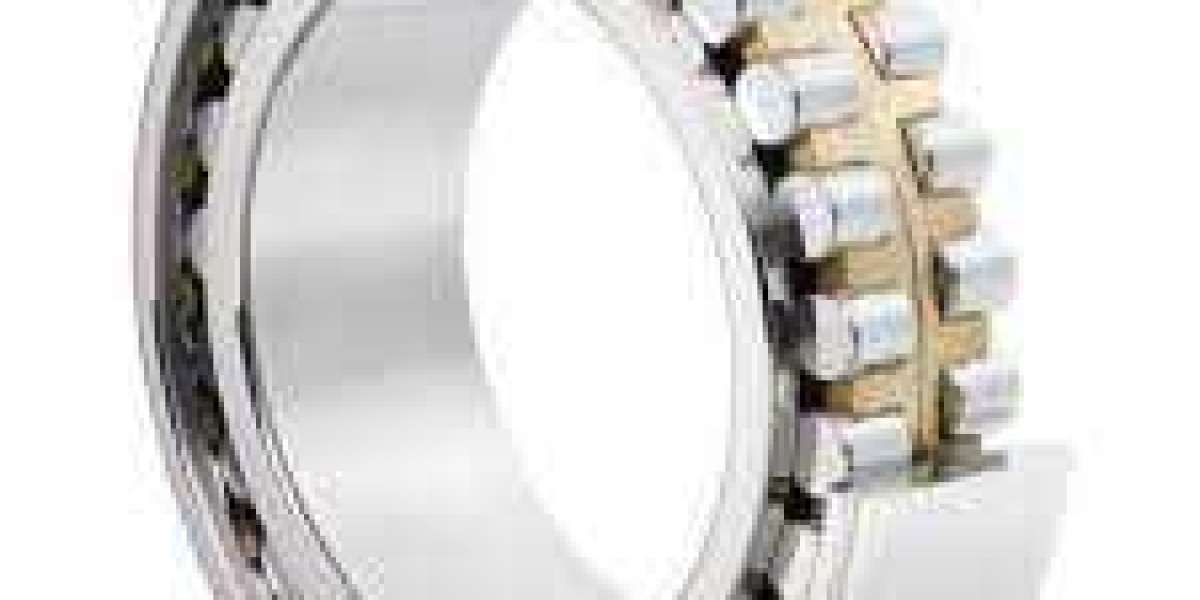Machines and vehicles rely on smooth motion to work properly. One of the key parts that makes this possible is the roller ball bearing. These bearings reduce friction, improve speed, and help equipment last longer. But if they wear out or fail, problems like noise, heat, or breakdowns can appear quickly.
In this article, we will explain what roller ball bearings are, how they work, signs of failure, and tips to choose the right one for your needs.
What Is a Roller Ball Bearing?
A roller ball bearing is a mechanical part that allows rotation with very little friction. It has an inner ring, outer ring, and rolling elements. The design helps to support both radial and axial loads, making it useful in cars, industrial machines, and even household appliances.
Common uses include:
Automotive gearboxes and wheels
Industrial conveyor systems
Electric motors and pumps
Aerospace and heavy machinery
Why Roller Ball Bearings Fail
Even though bearings are built strong, they can fail if not maintained. Some common reasons include:
Poor lubrication – Lack of oil or grease causes friction and overheating.
Excess load – Using bearings beyond their rated limit leads to wear.
Contamination – Dust, dirt, or water inside the bearing shortens its life.
Misalignment – Incorrect installation leads to uneven pressure and damage.
Knowing these causes helps prevent early failure and costly downtime.
Warning Signs of Bearing Problems
Catching bearing issues early can save you from breakdowns. Watch for these signs:
Grinding or squeaking noises during operation
Increased vibration in machines
Overheating of the bearing housing
Reduced machine performance or sudden stoppage
If you notice these symptoms, it may be time to replace your roller ball bearing.
How to Choose the Right Roller Ball Bearing
Choosing the right bearing ensures efficiency and long service life. Here are key factors:
Load capacity – Match the bearing with the weight and force of your application.
Speed rating – Pick a bearing that can handle the required RPM.
Material quality – High-grade steel or ceramic ensures longer durability.
Sealing and lubrication – Good sealing keeps dirt out and lubrication in.
Maintenance Tips for Long Bearing Life
To make bearings last longer, follow these steps:
Apply the right type of grease or oil regularly.
Keep the bearing housing clean from dust and moisture.
Avoid overloading machines.
Schedule regular inspection and replacement.
Proper care not only reduces repair costs but also improves machine performance.
Conclusion
A roller ball bearing may seem like a small part, but it plays a big role in keeping machines reliable and efficient. By understanding its function, knowing warning signs, and choosing the right type, you can prevent breakdowns and save money in the long run. Regular maintenance and timely replacement will keep your equipment running at its best.













